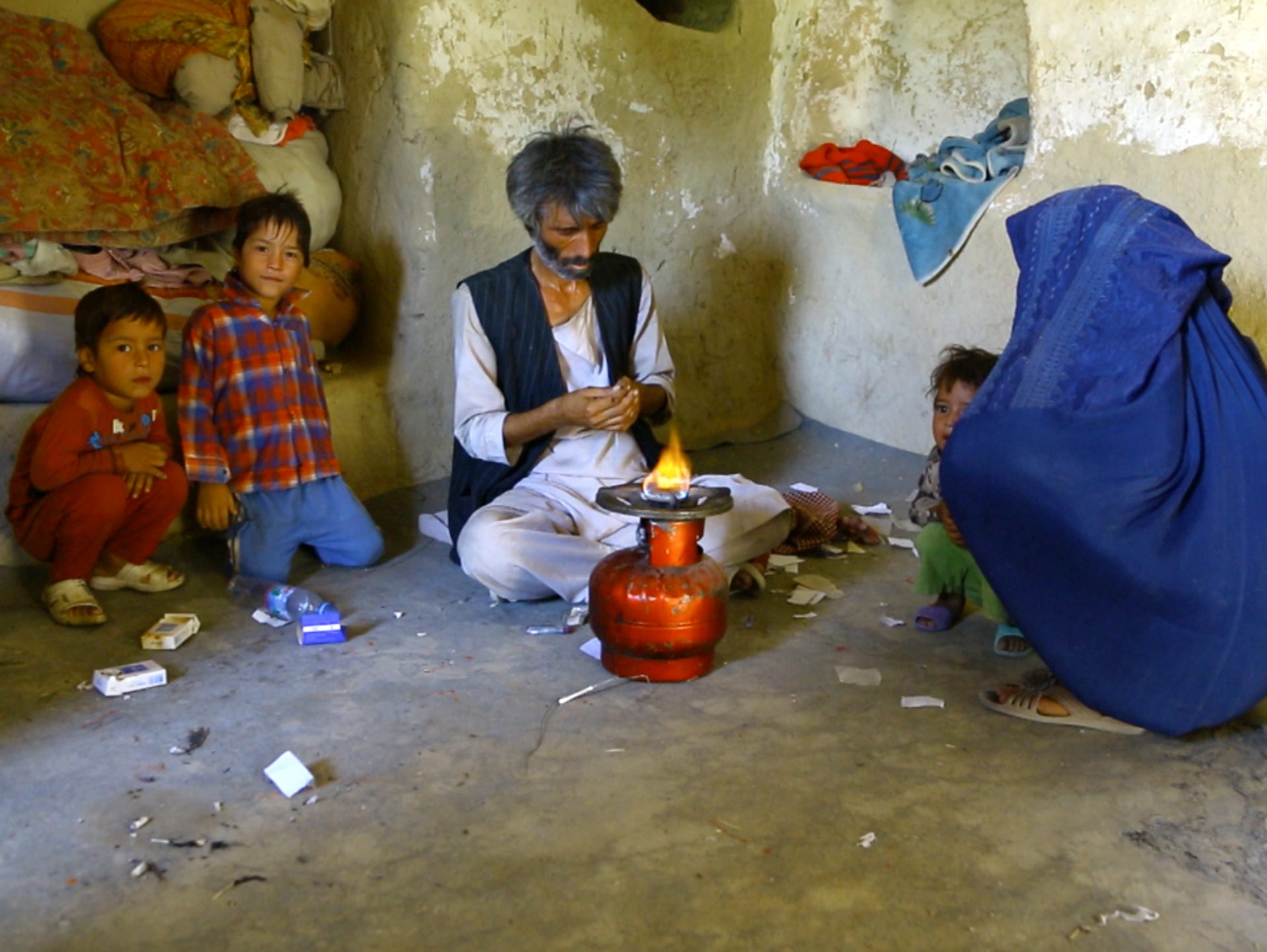MAZAR-E-SHARIF, Afghanistan — Men, women and children sit listlessly on the unkempt lawn of a hospital for drug addicts in this northern Afghan city. Inside, the waiting area is packed with women clad in light blue burqas, each with three or four kids in tow.
Ana Gul, 35, an opium user for eight years, says she came here after failing to kick her habit because opium cures her head and body aches. "No other medicine works effectively on me now," she said. Her 3-year-old daughter is also addicted because Gul smoked opium while pregnant.
Gul and her daughter are among an alarming and rapidly growing number of opium addicts in a country that is the world's main supplier of heroin.
And the problem is only getting worse as American combat troops withdraw amid evidence that U.S. counter-narcotics programs here have failed despite $7 billion in taxpayer funds spent to tackle the source of the problem: poppy fields.
The U.S. government has paid the poppy farmers to switch to legitimate crops, such as wheat, yet poppy cultivation has proven too lucrative to slow.
In a report last year, the Pentagon said Taliban and other insurgent groups are expanding their use of illicit drug trade to fund their operations because the U.S. withdrawal has hurt Afghan government counter-narcotic activities, which had relied on U.S. air support and other assistance.
The United Nations Office on Drugs and Crime estimates the export value of opium trade at about $4 billion, "with a quarter of that being earned by opium farmers and the rest going to district officials, insurgents, warlords and drug traffickers."
In 2014, opium cultivation rose to record levels: more than 553,000 acres, up 7% from the year before, according to the UNODC's recently released Afghanistan Opium Survey 2014. That is turned into some 380 tons of heroin and morphine annually, 85% of the global supply, according to U.N. figures.
The domestic toll is heavy. The number of Afghans addicted to opium and other drugs has soared 60% since 2009 to as many as 1.6 million, or 5% of the population, the U.S. Special Inspector General for Afghanistan Reconstruction reports.
Most Afghans view opium as a medicine that treats everything from a headache to cancer. Often, it's the only palliative available in the rugged country's remote regions.
"If pharmacists sell an expired Panadol (a painkiller) to a lady in exchange for money, it will not work for her," said Lutf Rah Man Lutfy, who oversees the U.N.'s drug programs in northern Afghanistan. "After getting tired of an ineffective medicine, she will opt for opium, which is very common and known to give temporary relief to pains."
A pale-skinned, underweight woman at the hospital named Aisha Jan from the Jowzjan province in the north said she and her family fell into the trap of using opium to treat cancer.
"My daughter had cancer, and we thought opium would cure her cancer," she said as her body shook from an opium craving that began before her daughter's illness. "She died a month after she was diagnosed."
Jan said she has been trying to remain in the hospital for as long as possible so she won't relapse into drug use. "If I go back home, I will be addicted to opium once again," she said.
Mohammed Dauod, public health provincial coordinator for the Afghan Ministry of Public Health in the Balkh district, said the central government in Kabul has been working hard to educate people on the dangers of opium. The ministry operates 95 addiction treatment centers and residential hospitals in the country, too few to meet the need.
"We are working on increasing the knowledge of our people about the harm of drug production and use," said Dauod. "People in Afghanistan have no knowledge about the dangers of drug addiction. We are trying our best to provide facilities to drug addicts for their treatment."
Opium addiction is woven into Afghan culture. It's especially common among women working in the carpet-weaving industry in the country's northern regions to ease their backaches after hours of work. Many also turn to opium to quiet their children, who accompany them to the workplace.
"The trend is to feed children with opium so they can sleep the entire day and not bother their mothers," Lufty said.
On the outskirts of Mazar-i-Sharif, Nooragha Khan, a 40-year-old father of four, lives in a mud house. He smokes opium regularly with his wife and children in a small room full of discarded syringes, cigarette buds and a single gas stove lamp.
"We know this is not good for our children but both of us are addicts, and because of us, our children are addicts now, too," said his wife, Hafiza, her eyes bloodshot. "If we don't give them opium, they start crying and complaining of body aches."
Contributing: Jim Michaels in Washington, D.C.

No comments:
Post a Comment